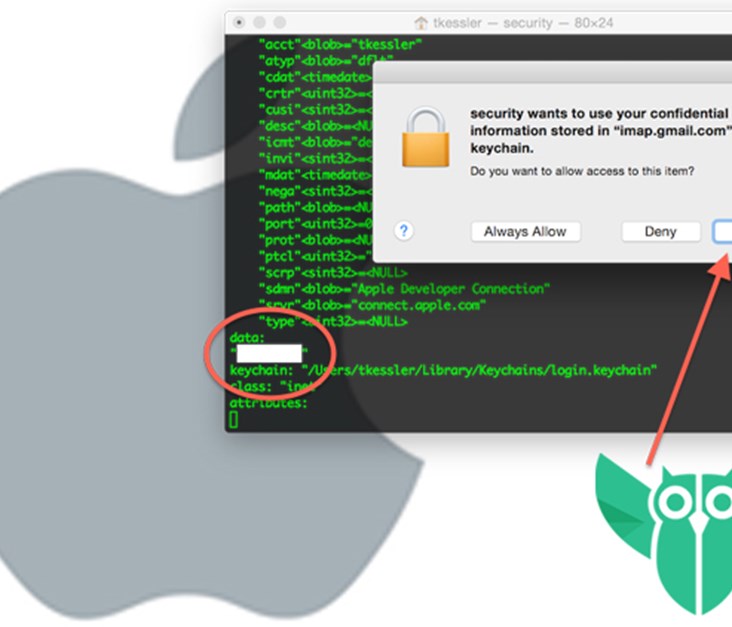Raqamiyat: Google Maps Integrates with Uber
Back
A major boost for Uber’s business happened on May 6th 2014 caused by the Google Maps update for iPhone and Android. The update has many improvements which we will mention in a second, but the most notable detail was obviously giving Google Maps users the ability to call a Uber driver to pick them up in some cities. Whether or not Uber will remain the sole private driver service on Google Maps is unclear, but there is a good chance that it might. In fact, back in August 2013: Google Ventures led a fund-raising of $258 million in Uber, whom recently expanded to more than 100 cities in 35 countries.
After the fund-raising, CEO and co-founder of Uber Travis Kalanick said: “Google is a technology powerhouse, with billions of users on an incredibly complementary product suite ranging from Google Maps to Android to self-driving vehicles. We look to Google and Google Ventures for the strategic connectivity to their product initiatives alongside the expertise that comes with evangelizing new technology with governments and regulatory bodies around the world.”
This addition to Google Maps will be a good boost for Uber as it will generate new customer leads, a benefit that competitors such as Lyft don’t have as of yet (Lyft received $250 million funding recently).
Speculations and assumptions aside, the Google Maps update has more than just the curious integration of Uber: Offline maps are much easier to use and are always available via your Google+ profile, estimated arrival time and distance are on the navigation screen, there’s lane guidance, and navigation in general has received some much-needed attention. Other updates are in the search filters for restaurants, bars, and hotels, so users can search according to opening hours, rating, and price. Google Maps is also encouraging users to pick vacation spots.

In other news, LinkedIn has released an update that is well suited for its 300 million users, since more than 200 million of them are outside the United States, and their site is available in 22 different languages.
The new addition allows company brands to communicate posts with their customers depending on which country they’re from. So for example if your company’s customers mostly hail from Spain and France, you can share updates that work for each country differently; one in French, and another in Spanish. The neat thing about this update is that each targeted country will see the update designated to them provided that they chose their native language as the official one on their LinkedIn account, this smart targeting system should give brands added value and a better way to communicate with each audience on LinkedIn.
Latest Business
Intelligence Report













